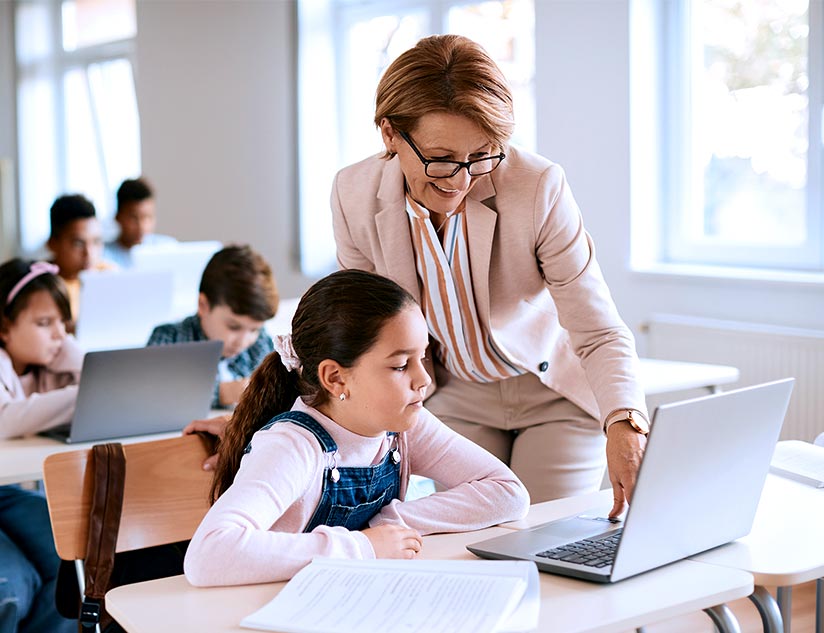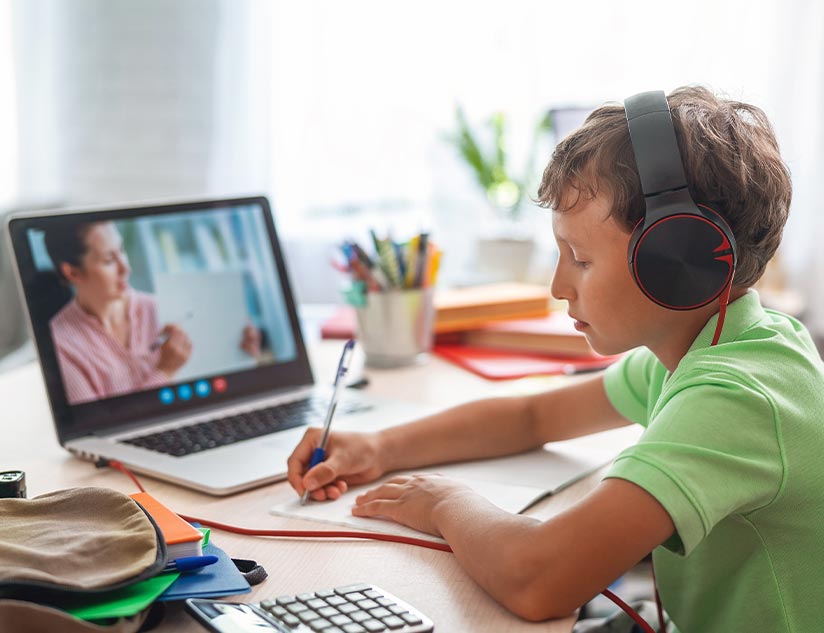Finding the best possible way of teaching children has something that educators, philosophers and parents have been attempting to master since the beginning of education. Famous Greek philosopher Plato believed that all children were born with a definite amount of knowledge and education was necessary to remind them of it. But the process of providing early education to children didn’t gain traction until the early 1800s.
It was during this period that mothers in different parts of Europe started teaching their kids outside of schools, at an early age. These were known as “infant schools.” With the industrial revolution, this idea came to the shores of America. Infant schools were set up in churches, homes and factories. Looking at the need for early education, constitutional amendments were made in 1848, in the state of Wisconsin, to provide education to children as young as 4. Other states soon followed suit.
Since then, various philosophies have been developed for providing education to children. There is the Montessori Method, The High/Scope Program, Waldorf Schools and the Bank Street Approach. But what still puzzles many is which is the best method for implementing these philosophies.
With the help of technology, we are finally getting the answer. Recent technological developments have made providing preK-12 education much easier and more efficient.
Technologies that Help Pre-K-12 Education
Some of the technologies easing preK-12 education are:
1. Multimedia Elements
With the help of computers and learning management systems, schools have been able to include multimedia elements in learning. Such lessons have been found to be greatly beneficial for young learners. The use of audio and video leads to much more “active learning,” meaning that the mind is more engaged. The use of multimedia not only makes learning fun, but easier as well. The use of multimedia elements allows educators to take advantage of micro-learning. In this, lessons are generally 3 to 5 minutes long, making it easier to understand and recall information. In addition, using media for assessments, such as video assessments, have proven to make the entire process of evaluating learning progress much more effective.
2. Gamification
Another technology that is making learning more fun and engaging for students is the use of games, puzzles, and quizzes in education. In fact, studies have found that 67% students believe that courses that have gaming elements are more motivating. These features have also been found helpful for students suffering from ADHD. Gamification is even being used to make assessments more effective.
3. Audiobooks
Audiobooks can be a great tool when it comes to the education of preschoolers. Many preK-12 students might have trouble reading. This problem is easily solved with audiobooks. In fact, students can have been found to be able to consume an audiobook that is almost 2 years beyond their reading level!
In addition, students can be exposed to a larger vocabulary, even at a young age. Another benefit of audiobooks is that they reduce working memory deficits. Many young students spend a large amount of time on sounding out words. This makes retaining information difficult. But audiobooks allow them to respond more readily.
4. eBooks
The traditional print books seem to be an outdated concept with eBooks around. A traditional book can be extremely heavy to carry to different places for a young student. But with eBooks, no such problem exists. Thousands of eBooks can be stored on a smartphone or tablet, making an entire library portable. This makes learning much more mobile and flexible. In addition, eBooks are much more affordable as well.
5. Collaborative Tools
With the help of video conferencing, preK-12 students can communicate with classmates to complete team-based assignments. This proves great to develop communication and collaboration skills. In addition, students can gain exposure to cultures from all across the world by being able to chat directly with their peers from other nations, under the supervision of their teacher. Students can even support each other through learning new concepts through such tools for collaboration.
These features are found commonly in robust learning platforms, such as MagicBox™. This robust digital learning platform is loaded with rich features that enhance accessibility too, such as font choices, opacity, patterns, emboldening and textures to ensure that all users can benefit from the educational content.
The use of technology seems to have finally solved the age-old problem of providing education to young children. Are you ready to offer these benefits to your students? Contact us today to learn more.














